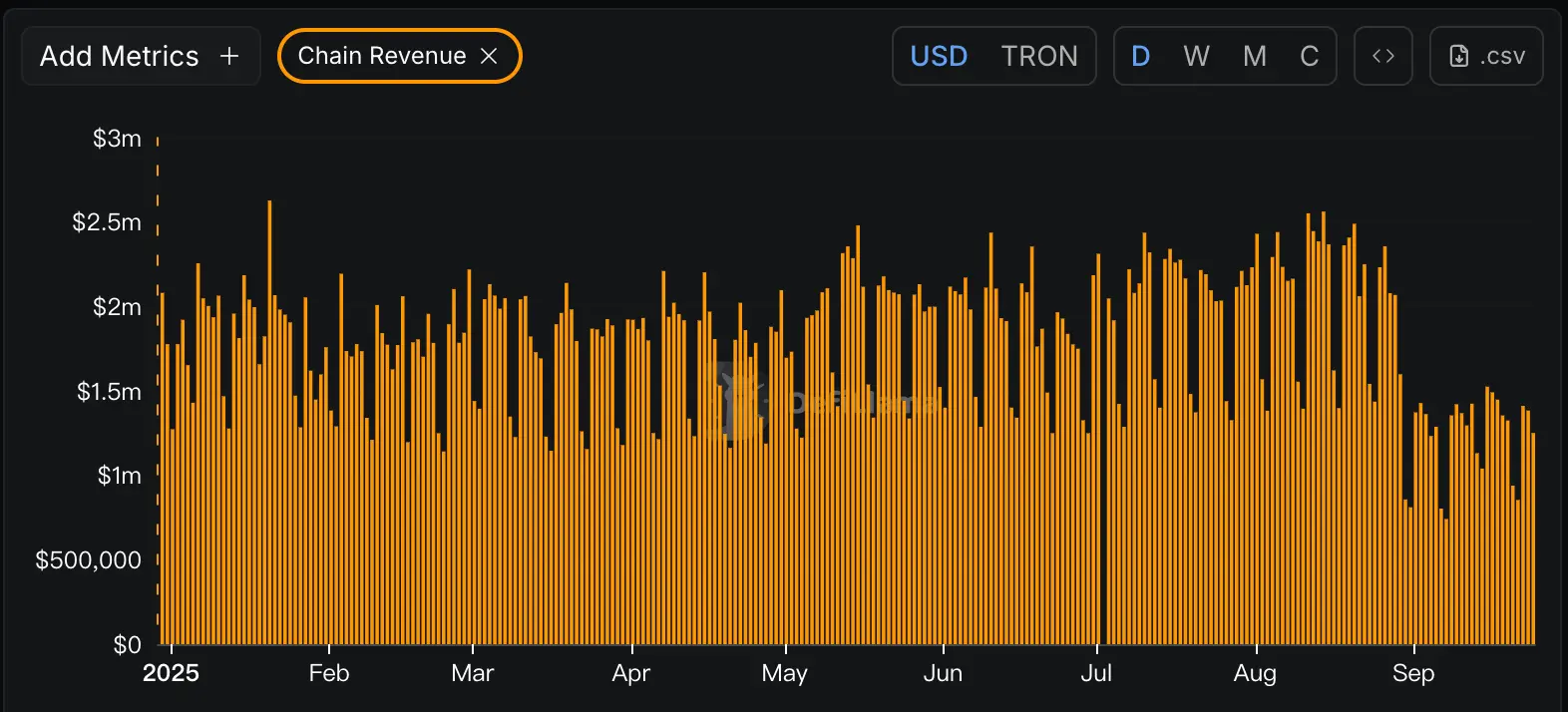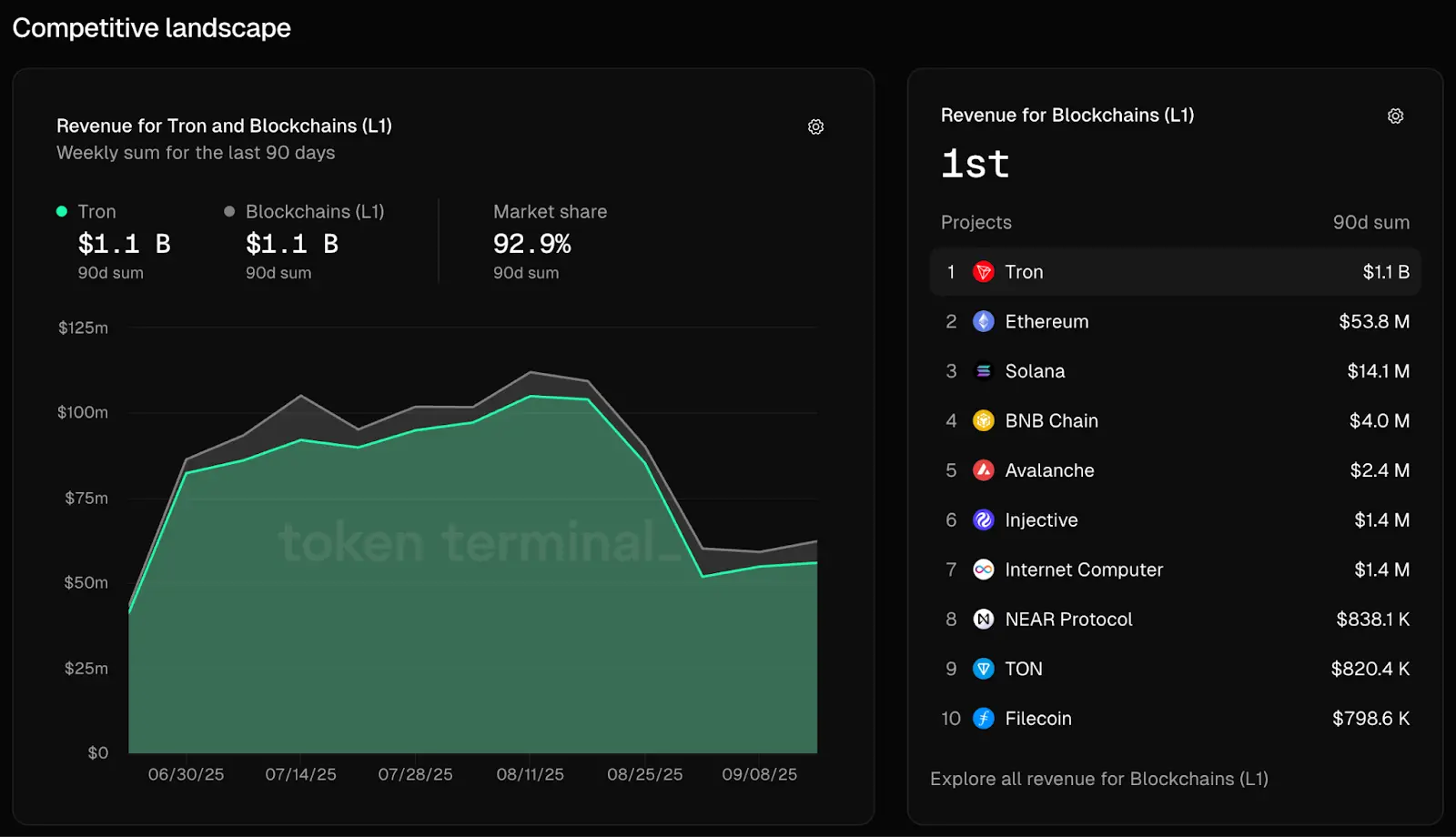By Chloe, ChainCatcher
On the 26th of last month, Tron implemented its largest-ever fee cuts. Justin Sun stated, "This proposal is a real benefit for users, with a 60% fee reduction. Ordinary networks don't have the courage to do that." He also mentioned that this will have an impact on the short-term profitability of the Tron network, as network fees have been directly reduced by 60%, but long-term profitability will be enhanced because more users and more transactions will occur on Tron.
The latest gasfeesnow data shows that even after the fee was halved, Tron's USDT transfer cost is still as high as $2.02-4.22, far exceeding other major blockchain networks.
The contrast is clear from the fee comparison: even at the TronCastle-optimized price of $1.09-2.21, it is still 15 times higher than Arbitrum ($0.10), 302 times higher than Solana ($0.0036), and even 3,633 times higher than Polygon ($0.0003) at the time of writing. Aptos has a minimum price of $0.0001 USD.
Why were costs so high before the cuts?
Tron doesn't use ETH's gas model; instead, it utilizes a unique bandwidth + energy model. Bandwidth provides users with a daily free quota, enabling simple transfers. Energy is used for contract execution, and transferring USDT (TRC-20) requires energy.
Assuming that a USDT transfer consumes approximately 130,000 units of energy, if the user has no resources in their wallet, the system can only burn TRX directly, resulting in high transaction fees.
In contrast, Ethereum's Layer 2 solutions, such as Arbitrum and Optimism, use a simpler gas model and offer a more user-friendly experience. Solana, through its unique Proof of History (PoH) and parallel execution architecture, achieves a processing capacity of 2,600 transactions per second while maintaining ultra-low fees.
After reducing fees, Tron intends to successfully counter the "price reduction" with "incremental"
Tron's 60% fee cut represents a significant market adjustment and a proactive move by the project to boost user growth. According to CryptoQuant, Tron's daily fee revenue fell to $5 million on September 7th, its lowest level in a year. Prior to the August 28th reduction, daily revenue was $13.9 million.
According to DeFi Llama on-chain data, Tron's average revenue in September did experience a cliff-like drop compared to the previous month, with a decrease of nearly 50%.

Despite the decrease in revenue, on-chain activity has actually increased. Daily transaction volume and the number of active wallets have surged, and the number of newly added smart contracts each day also indicates a continued influx of users and dApp developers.
According to Token Terminal data, Tron still accounted for 92.9% of the total revenue of L1 public chains over the past seven days. And over the past 90 days, Tron's total fee revenue was still far higher than that of Ethereum, Solana, BNB Chain, and Avalanche during the same period.

Tron and Justin Sun originally expected that as long as users and transaction volume continued to grow, revenue would eventually recover and become more sustainable, which was equivalent to using "incremental growth" to counter "declining unit prices."
Although Tron currently appears to maintain an advantage in terms of revenue, with the passage of the GENIUS Act in July this year, the competitive landscape of the future on-chain market is undergoing fundamental restructuring. When facing stricter registration, audit and reserve requirements, stablecoin issuers may re-evaluate the cost-effectiveness of deploying assets on Tron, thereby indirectly affecting the network's stablecoin trading volume and ecological activity. This change poses a major hurdle for Tron.
Wall Street giants are entering the market, and CBDC is maturing.
The passage of the GENIUS Act has received mixed reviews, with both advantages and disadvantages for the crypto market. Supporters believe this milestone brings greater credibility to stablecoins and increases the willingness of financial institutions and consumers to use them. Opponents argue that the bill allows the president and related individuals and institutions to profit, creating a conflict of interest with the crypto market.
Wall Street giants like BlackRock and JPMorgan have also begun building their own blockchain empires. BlackRock's BUIDL tokenized money market fund has reached $2.2 billion, deployed on multiple networks including Ethereum, Avalanche, Aptos, and Polygon. JPMorgan's Kinexys platform focuses on institutional-grade DeFi and programmable digital cash, providing on-chain lending and digital asset collateral services to corporate clients.
The advantages of these traditional financial institutions are: 1. Regulatory compliance: they have deep cooperative relationships with financial regulatory agencies in various countries; 2. Financial strength: BlackRock manages more than trillions of US dollars in assets; 3. A large corporate client base: they already have a mature institutional client network and trust relationships, as well as the technical integration capabilities to seamlessly integrate blockchain into existing financial infrastructure.
Tron's compliance gaps are definitely not comparable to the regulatory relationships with BlackRock and JPMorgan. Furthermore, its adoption rate among Fortune 500 companies is extremely low, not to mention the ongoing SEC lawsuit, which is impacting institutional trust.
Last week, two US Democratic lawmakers sent a letter to the SEC, demanding an explanation for its decision to suspend Sun's enforcement case, suggesting the decision may be related to Sun's "substantial investment" in crypto projects linked to President Trump. The lawmakers also questioned Tron's recent listing on the Nasdaq, arguing it could pose financial and national security risks and urging the SEC to ensure the company meets stringent listing standards.
Furthermore, 98% of global GDP is already covered by central bank digital currency (CBDC) projects, with 19 G20 countries currently developing or piloting CBDCs. CBDC projects in major economies, such as China's digital renminbi (e-CNY), the EU's digital euro, and India's digital rupee, will directly compete with Tron in cross-border payments and large-value settlements.
McKinsey research shows that 2025 will be a turning point in the development of stablecoins. The stablecoin market is expected to grow from the current US$150 billion to US$3 trillion in 2030, but this huge increase will mainly be divided up by compliant institutional stablecoins and CBDCs.
The market believes that Tron must complete this transformation within this critical timeframe or face marginalization. The crypto market is clearly transitioning from experimental technology to core infrastructure, and only a few platforms will survive this transition.







